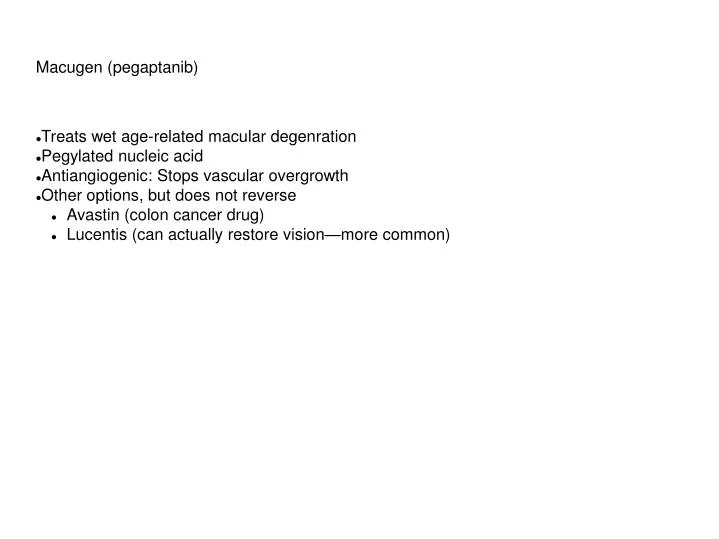
Discontinuation of the offending medication or substitution of another suitable drug may cease progression and, possibly, induce some regression. Some patients experience problems with speech, mastication, and aesthetics. The tissue exhibits varying degrees of fibrosis and inflammation, and the mucosal surface may appear lobulated, smooth, granular, pebbly, or papillary. With progression, there may be more diffuse gingival overgrowth, with envelopment of part or all of the adjacent tooth crowns. The gingival enlargement often begins in the interdental papillae, especially in the anterior and facial segments. Many cases of drug-induced gingival overgrowth develop within the first 1 to 3 months of starting drug treatment in addition, a second peak has been described after 12 months of treatment. In addition, genetic factors likely play a role, as evidenced by increased or decreased susceptibility in association with certain histocompatibility leukocyte antigen (HLA) types and other genetic polymorphisms. Poor plaque control appears to be an important cofactor. Proposed underlying mechanisms are related to disrupted cellular calcium gradients, altered fibroblast function, elevated proinflammatory cytokines, and reduced matrix metalloproteinases the end result is increased extracellular matrix (rather than true cellular hyperplasia or hypertrophy).

Also, some studies have implicated oral contraceptives and antibiotics. It is best recognized in association with phenytoin, cyclosporine, and nifedipine, although associations with other anticonvulsants, immunosuppressants, and calcium channel blockers have been noted as well. Gingival overgrowth may be an adverse effect of various systemic medications.


Chi DMD, in Color Atlas of Oral and Maxillofacial Diseases, 2019 Figs.


 0 kommentar(er)
0 kommentar(er)
